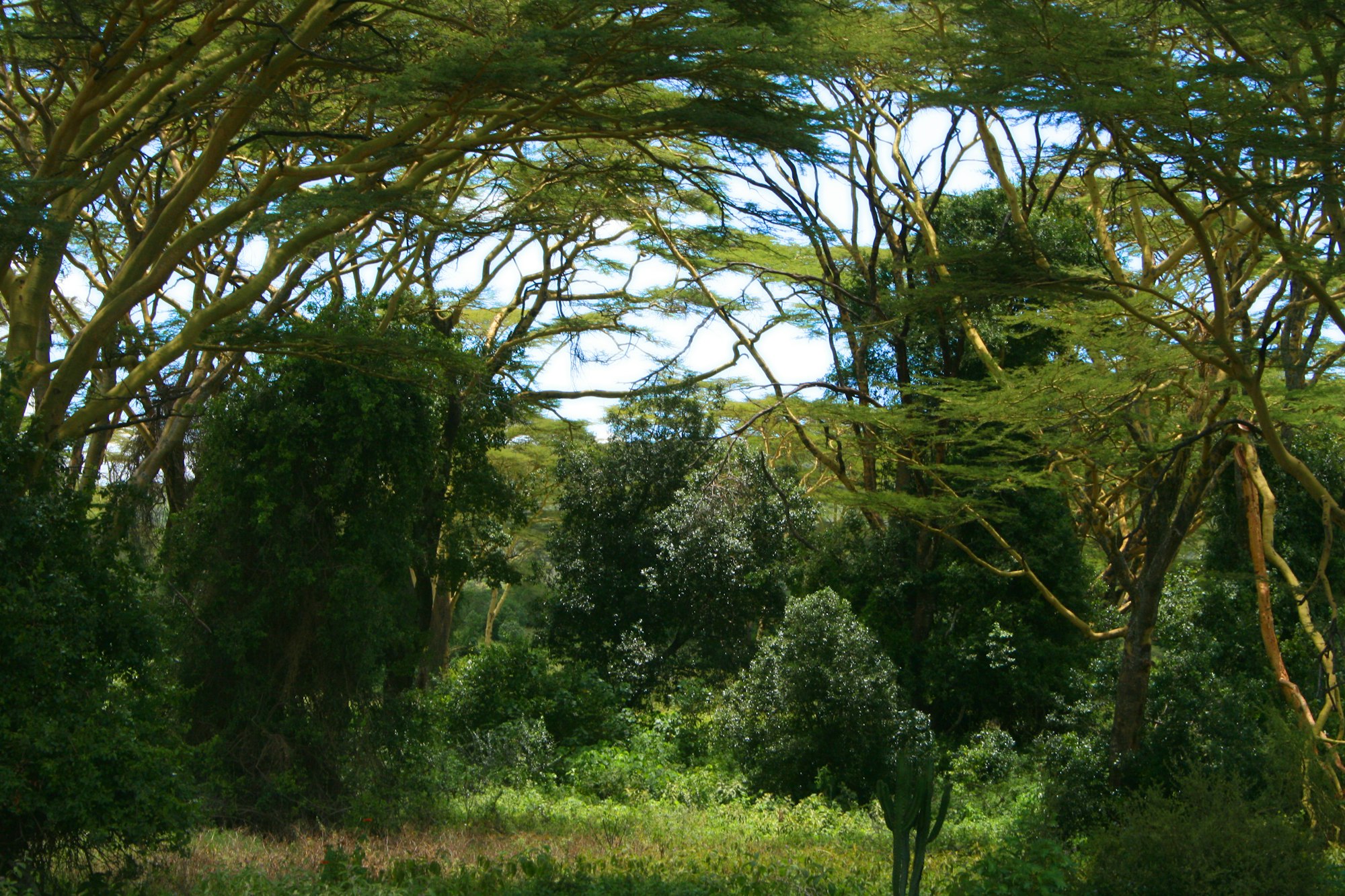The secret to planting millions of trees each year
It takes an individual to plant one tree. To plant millions, it takes a mission.

Just the gist
If you're in a rush, here's what you need to know this month:
🌳 The project has planted over 21 million trees!
👨🏿🌾 This month we recap how this project is able to plant millions of trees per year, and keep attracting more farmers to its cause. Plus, we get to see some of the faces behind the farming 💚
For more updates like this one, follow Wren on Twitter and Instagram.
If you've ever tried to organise a group activity with a few friends, you know how hard it is to get a group of people to do anything together. Imagine having to coordinate 100,000 friends to do things together every day, and you're starting to get a sense for the complexity and scale of this project.
Community Tree Planting coordinates over 100,000 farmers to plant over 1 million trees every year– all while increasing the biodiversity of their land.
There is no one secret to their success. But there are a few principles. Here's how they do it:
🗣️ 1) Community Tree Planting grows by word of mouth
Farmers learn about the project from other TIST farmers and join small groups of 6-12 people that form clusters of 200-400 local farmers. Clusters coordinate the small groups of women and men and provide leadership opportunities that make a difference in their local community.

🧑🏿🌾 2) Participating farmers are highly motivated
Farmers like Andrew Waweru, below, decide whether, where and how to plant trees, change farming methods, source and own the seeds and keep ownership of the trees and land. The secondary source of income from carbon offset payments is very attractive to these farmers.

🌳 3) Trees restore degraded environments
Trees are typically planted on degraded or unused land: around houses for shade, in small wood lots for firewood, along boundaries as windbreaks, or along streams for flood and soil control.

✨ 4) Groves are guaranteed to live for at least 30 years
Participants contract to maintain the tree groves for 30 years in return for annual carbon pre-payments for each live tree, and a 70% share of the net profits from carbon credit sales. As well as this, farmers have achieved over $8 per tree of non-carbon credit benefits, like selling fresh produce from fruit trees.

✅ 5) Results are quantified and third-party verified
After five years of tree growth, tree mass and the volume of carbon stored in the trees is calculated by quantifiers who measure the circumference of trees with a tape measure.

The carbon captured is verified to international standards, and carbon credits are offered for sale to companies like Wren!
TIST was the world's first dual validated and verified carbon offsetting program by Verified Carbon Standard and Climate, Community and Biodiversity standards. It continues to push the boundary of what a climate project can do, and we at Wren are very proud to work with them. 🧡
- Thomas and the Wren team

